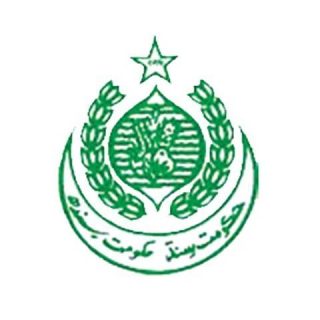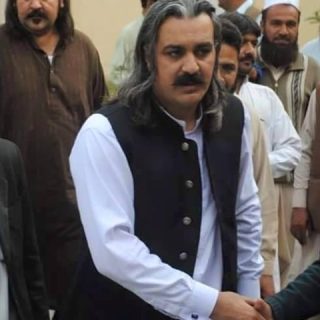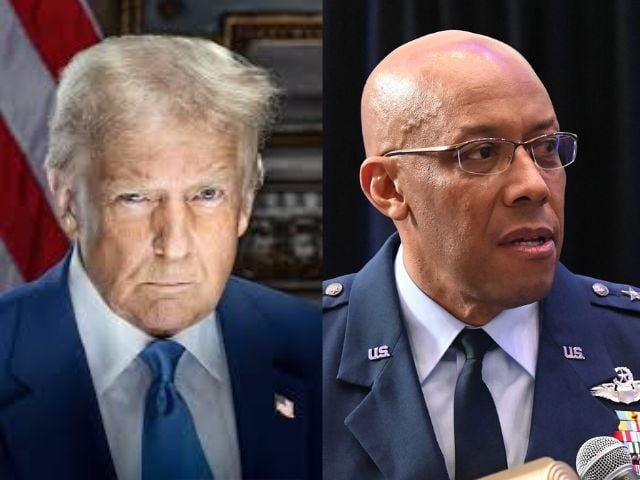
How Kenya police hid killings of anti-govt protesters
Nineteen-year-old Charles Owino was killed by a gunshot to the head during a day of anti-government protests near Nairobi in July, according to an autopsy report seen by Reuters. But Kenya’s police recorded his death as a road accident, his brother said, citing the morgue logbook he was shown after he visually identified Owino’s body. Reuters has not seen a copy of the logbook entry.
In a separate case, police said Shaquille Obienge, 21, died in a road accident, his father told Reuters, also citing an entry in the morgue logbook.
But Obienge was shot in the neck, according to the government’s own autopsy report conducted after his father visually identified his body. Obienge, who was also a protester, died the same day as Owino, in the same Nairobi suburb of Kitengela, according to the report seen by Reuters.
In Kenya, morgue logbooks record the cause of death reported by police when they bring in bodies, with public pathologists usually only performing autopsies once bodies are identified by relatives.
Reuters spoke to three police officers who work in a unit deployed during protests who said that Kenyan police at times mischaracterize deaths caused by officers as “death by accident”, “mob justice” or “drownings” in morgue logs to cover their tracks. The officers requested anonymity to speak about sensitive matters.
For this story Reuters reviewed copies of four autopsy reports conducted by public pathologists after family members identified Owino, Obienge and two other young men killed in or after the anti-government protests that rocked the country in June and July.
Relatives described discrepancies between the causes of death recorded by the police in morgue logbooks and the autopsy reports in three of the cases.
All the bodies were tagged with a number that was also entered into the logbook by morgue workers. Although Obienge and Owino were logged without a name when they were admitted to the morgue, their relatives matched the number on the body with the logbook entry and could see the cause of death declared by police.
Reuters was unable to independently verify the allegations made by the families.
The third death, of Kepher Odiwuor Ouma, 24, was blamed by police on “mob justice,” his family said, citing the morgue logbook, which named him. However, two eyewitnesses told Reuters Ouma was picked up by police at a protest on July 3 and beaten unconscious.
The battered body of the fourth protester, Denzel Omondi, was found on July 6 in a pool of water nine days after he disappeared, with the autopsy recording his death as drowning.
The National Police Service did not reply to questions about the specific cases examined by Reuters.
The offices of Kenya’s President William Ruto, his deputy president and the interior ministry did not respond to requests for comment.
Thousands of young Kenyans took to the streets in nationwide protests against tax hikes and political corruption, starting in late June. Deputy President Kithure Kindiki has said 42 people were killed during a police response that rights groups say involved firing live rounds.
Some prominent rights groups have accused Kenyan authorities of a cover-up of dozens of alleged police killings, unexplained abductions and illegal detentions related to the protests, which became known popularly as the Gen-Z protests because of their youthful demographic.
Kenya’s National Commission on Human Rights, a government-funded body, recorded 82 cases of enforced disappearances in the period between the protests starting in June and December, compared to just nine cases in the previous 18 months. Of those 29 remain unaccounted for, the commission said in a statement on Dec. 26.
Some of the alleged abductions were linked to a low-profile unit of Kenya’s Directorate of Criminal Investigations, a police department, according to the three officers and Human Rights Watch associate Africa director, Otsieno Namwaya, speaking to Reuters. Namwaya identified the unit as the DCI’s Operation Action Team (OAT), citing contacts within the DCI.
In an interview with Reuters, Resila Onyango, a spokesperson for Kenya’s National Police Service, said she had “no idea” about OAT’s activities or the allegations levelled against it.
In response to a question about allegations of police killings and illegal detentions, Onyango said formal complaints would be investigated by the Independent Policing Oversight Authority (IPOA) watchdog, which probes cases of police brutality.
In July, IPOA released a statement saying it had “registered 10 complaints of unlawful arrests, abductions, and disappearances”, including the abductions of Omondi and another person mentioned in this story. Four people Reuters spoke to said they or their relatives had filed complaints with IPOA.
IPOA did not respond to requests for comment.
Photos taken by Reuters during the July 16 Kitengela protest show Owino’s body on the street, blood sprayed across the ground near his head. A police officer stands in the foreground, brandishing a rifle. Reuters was able to identify Owino by comparing the clothes he was wearing in the protest and the postmortem photos, which also show a head wound.
Deputy President Kindiki, who was serving as interior minister in charge of police at the time of the protests, told reporters in December that the protests “unfortunately led to loss of life.” He said some of those lives were lost “through police action,” adding that police were allowed to use lethal force in exceptional circumstances.
In a Dec. 31 speech, Ruto acknowledged “instances of excessive and extrajudicial actions by members of the security services.”
MORGUE LOGBOOKS
For this story, Reuters reviewed three months of logbook entries covering the protest period and its aftermath at the Nairobi Funeral Home, Kenya’s busiest public morgue, which is where police take unidentified bodies and is run by the city’s local government. Access to the logbooks was provided by the head of the morgue, a doctor.
The morgue head and the chief of the Nairobi county health department declined requests for interviews.
Between June 25, the day of the parliament protests, and Sept. 30, police recorded just nine fatalities as gunshot deaths, less than half the gunshot deaths recorded in those months a year ago, the review of the logs for both periods showed. The logbooks do not name individuals unless police provide their identities. Only one gunshot death was recorded between June 25, the most violent day of protest, and June 30.
In the same three-month period, the morgue logs reveal 94 deaths attributed by police to mob justice and drownings, compared to 59 in the same period a year earlier.
In total the morgue received 694 bodies from police in the period, up by a quarter from the year-before period.
Asked by Reuters about these findings, Irungu Houghton, executive director at Amnesty International’s Kenya chapter, said the low number of gunshot deaths recorded, “leads us to think that there may have been an attempt to cover up the number of bodies that died as a result of police shootings,” at the protests. Reuters couldn’t independently confirm this.
CLOSE RANGE
When restaurant manager George Obienge went to the Nairobi morgue to search for his son Shaquille six days after the Kitengela protest, staff did not let him in at first and told him all the bodies received recently were victims of road accidents, he said.
Eventually he managed to enter and identified Shaquille, he said. The youth had a large wound on the side of his neck, photos he shared with Reuters show.
The autopsy later concluded Shaquille was killed by “gunshot at close range,” according to photos of the report shared with Reuters by Obienge. Reuters was unable to identify the pathologists who signed three of the autopsies reviewed for this story. The fourth pathologist said he was not authorised to speak to the media.
In the third case, Ouma was walking with friends during a protest on July 3 when some were grabbed by uniformed and plain-clothed police who bundled them in a van and beat them, two friends who were at the demonstration and Ouma’s uncle told Reuters.
Most were released, but Ouma was unconscious and badly hurt and police took him away, said one of his friends, who was also initially detained.
Police delivered his body to the Nairobi morgue five weeks later, saying he had been found “lying dead” on the road, according to a photo of a postmortem form signed by police and shared with Reuters by Ouma’s uncle. It gave the cause of death as multiple injuries due to blunt force trauma. In the morgue logbook, the cause of death, listed alongside his name, was recorded as “mob justice,” his uncle said. Reuters has not seen the logbook entry.





